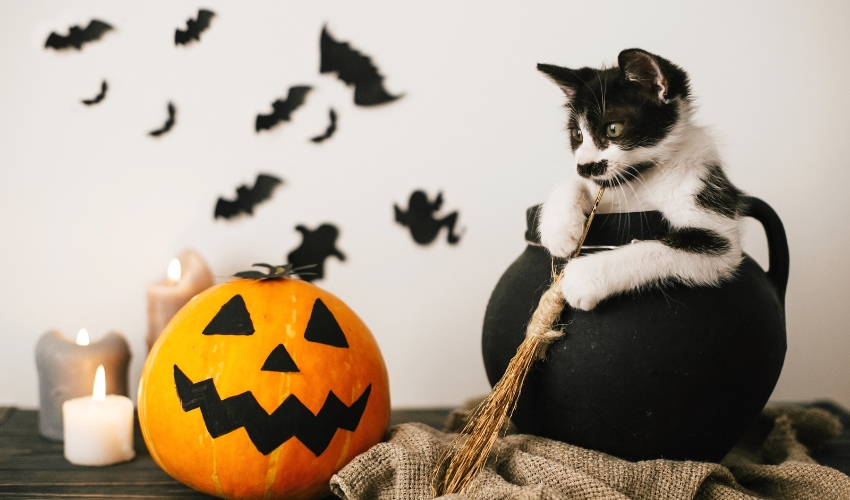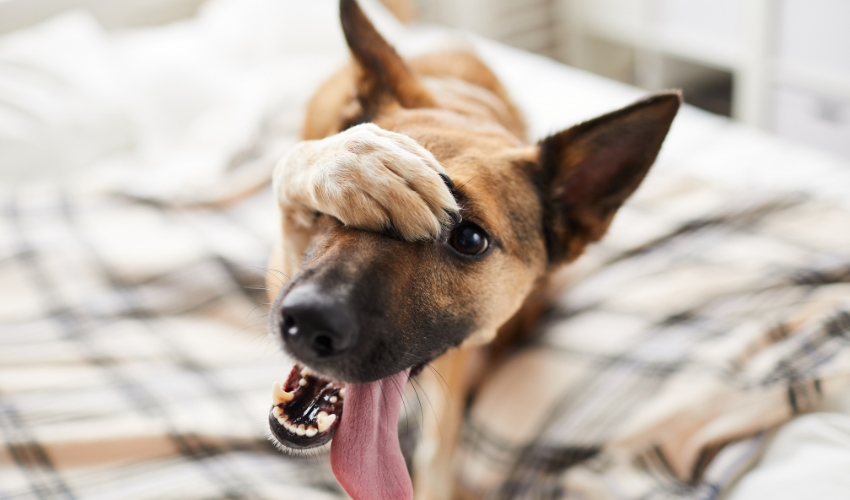How To Exercise Your Dog With Canine Parvovirus
Now that your puppy is home from being treated for Parvovirus at the animal hospital, how will you make sure that your dog safely gets the exercise he needs?
Even after your dog has been treated for Parvo, he is still contagious while in recovery and should be isolated from other dogs. It can take several weeks for your dog to finally shed the last of the virus, so it is important to take precautions to protect him and other dogs in the area. Avoid going to the dog park or other areas where dogs may be walking or playing. Since it can take a few weeks for your dog to be completely rid of the disease, your dog can still excrete the virus in his waste and potentially infect other animals. If your puppy is unvaccinated, he or she should not be in public areas until the Parvo vaccination series has been completely administered.
Recover before resuming exercise routine
Your dog will most likely be very lethargic and have little energy after going through the symptoms and treatment of the virus. Do not force or expect your dog to exercise very much at first, and let him take his time when it comes to exercise. It is recommended to keep your dog in a quiet, calm environment when he first comes home. Parvo takes a major toll on a dog’s body, and much like humans, rest is one of the best treatments for recovering from a major illness or procedure.

Almost there…
Once your dog is starting to feel better and is acting more like himself, he will start to participate in the activities that he loved before becoming sick. That being said, do not overwork your dog. While it may seem like your dog is completely better and full of energy, he needs to take it slow and gradually work up the energy to do all of his normal activities. Playing or wrestling in the house when he is starting to feel better may be all the exercise your puppy can handle while he is recovering. Once he seems to be able to handle normal day-to-day activities in the home, you can try letting him run around the backyard, making sure to clean up any waste he excretes immediately.

Hydration is key
Staying hydrated is just as important for your dog as it was during treatment. Make sure your dog has access to water and is getting enough fluids, especially if he is exercising and running around. If at any point your dog seems to be getting too tired or worn out, cut back on the exercise and let him rest. Your dog’s body needs to fully recover and it is important not to rush this process.
 Consult your dog’s veterinarian prior to his treatment and recovery at home. It is always a good idea to ask an animal healthcare professional for medical advice to ensure that you are supporting your dog’s recovery to the best of your ability!
Consult your dog’s veterinarian prior to his treatment and recovery at home. It is always a good idea to ask an animal healthcare professional for medical advice to ensure that you are supporting your dog’s recovery to the best of your ability!











